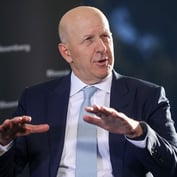A recent study by Aflac of dental plan consumers shows not just an increased appetite for supplementary dental care but also a much larger opportunity for brokers and consultants working in the voluntary benefits markets.
The study canvassed 1,000 consumers and pointed to increased opportunities for those in the voluntary benefits market.
Among the key findings:
–Although 86% of consumers said employer-offered dental benefits are important, as many as one-third are not offered dental plans at work.
–Nearly half of those surveyed said their plans require them to pay a deductible or co-pay, suggesting that dental care is a considerable out-of pocket cost even for consumers with coverage.
–Nearly two-thirds said they worry about covering the cost of dental procedures, and more than half have skipped or put off dental care as a result of cost.
–Respondents’ income level and out-of-pocket expenses appeared to be directly linked, with consumers in lower income brackets more likely to pay out-of-pocket for their dental care than did consumers with annual salaries over $70,000.
–82% said the ability to choose their own dentist is important, and 77% prefered a dental plan without coverage restrictions.
–59% said it is important to have a dental plan that is portable if they leave an employer for any reason.
–Only 12% have a dental plan through their employer that covers all dental expenses.
–58% would prefer their employer to offer more options for dental coverage.
–70% of respondents who were offered no dental coverage through work are between 35 and 54 years old, when covering dependents is a significant responsibility.








 November 12, 2010 at 07:00 PM
November 12, 2010 at 07:00 PM










